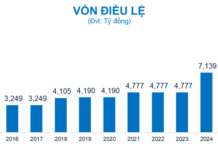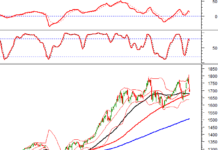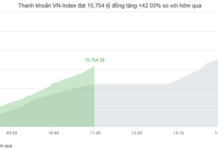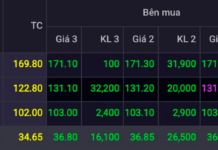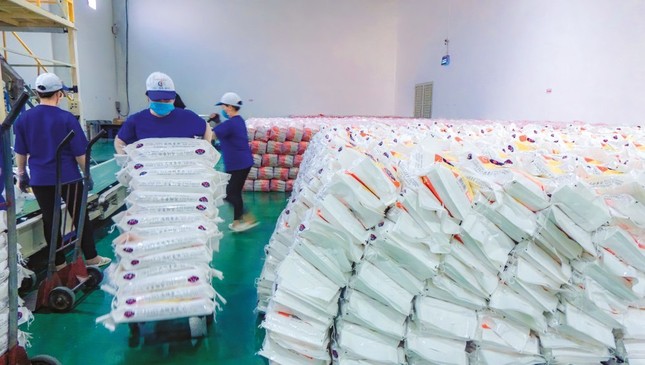Vietnam’s rice export prices are surging, outpacing those of its competitors, Thailand and Pakistan. Vietnamese 5% broken rice is currently trading at $575/ton, outpricing Thailand and Pakistan by $14/ton and $34/ton, respectively.
Vietnam has also increased the price of its 25% broken rice to $539/ton, surpassing Thailand and Pakistan by $27/ton and $22/ton, respectively. Among the top rice-exporting countries, Vietnam now boasts the highest export prices.
This marks an impressive comeback for Vietnamese rice, as just a month ago, its export prices lagged behind those of Thailand, Pakistan, and Myanmar.
Mr. Nguyen Van Don, Director of Vietnam Hung Company in Tien Giang province, shared with Tien Phong that his company has been consistently exporting larger volumes to the Philippines in the last half month, with a 30% increase in volume compared to July.
According to Mr. Don, the last few months of the year typically witness a surge in rice imports by various countries. Notably, the Philippines and Indonesia, Vietnam’s two largest rice importers, have announced plans to increase their rice imports.
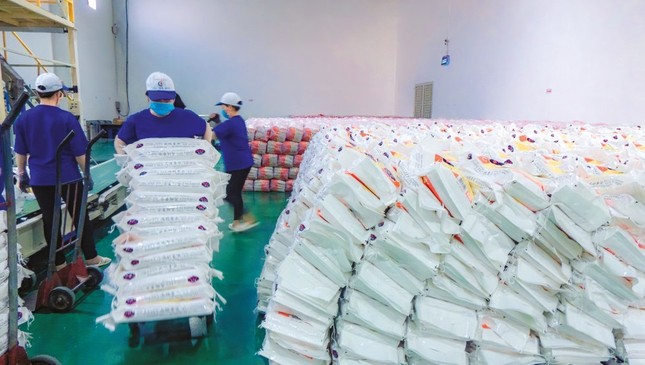
Vietnamese rice prices have been on a consistent upward trend in the last month.
The Philippines intends to increase its rice imports from 4.2 million tons to a range of 4.5-4.7 million tons. Indonesia, on the other hand, may import up to 4.3 million tons of rice, as opposed to the initially announced 3.6 million tons, due to a 9.5% decrease in domestic rice production from the beginning of the year to August compared to the same period last year.
Mr. Don attributed this increase in part to the Philippines’ decision to reduce its import tax on rice from 35% to 15%, encouraging local businesses to boost their imports. Meanwhile, Vietnam is nearing the end of its summer-autumn crop and preparing for the autumn-winter crop, neither of which are the main production seasons, resulting in limited yields.
Mr. Nguyen Viet Anh, CEO of Phuong Dong Rice Company, attributed the price fluctuations to seasonal influences, noting that while Vietnamese businesses won large-volume bids, they offered lower prices due to the availability of rice purchased and stored from the beginning of the year, which coincided with Vietnam’s main crop season.
With limited supply and increasing import demands as countries stock up in anticipation of the upcoming dry season, rice prices are being pushed higher. Mr. Viet Anh predicted that Vietnam’s rice exports would likely remain stable, with prices continuing to rise until the end of the year, unless India lifts its rice export ban to address its domestic food security concerns.
Mr. Nguyen Ngoc Nam, Chairman of the Vietnam Food Association, highlighted the sustained high demand for Vietnamese rice from traditional customers such as the Philippines, Indonesia, Ghana, Malaysia, and Singapore. He also emphasized the efforts of rice export enterprises to actively expand into new markets, including the Middle East, Africa, South America, Japan, and South Korea.
According to the Association’s statistics, Vietnam exported over 5.1 million tons of rice in the first seven months, earning $3.2 billion, a 25% increase in volume and a 5.8% increase in value compared to the same period last year.
Vietnam’s rice export prices have reached remarkable levels. At certain points, they soared to $959/ton in Brunei, $868/ton in the US, $857/ton in the Netherlands, $847/ton in Ukraine, $836/ton in Iraq, and $831/ton in Turkey.
Given the increasing import demands of its partners, Mr. Nam expressed confidence that Vietnam’s rice exports could reach a record high of approximately 8 million tons, generating over $5 billion in revenue this year.
The declining trend of Vietnamese rice export prices – what does it indicate?
According to businesses, Vietnam is entering the main harvest season, so the rice supply is abundant. Partners understand this very well, so they are actively buying slowly to observe the situation and wait for prices to decrease before making a purchase. Meanwhile, businesses are also holding their breath, waiting for market movements.












